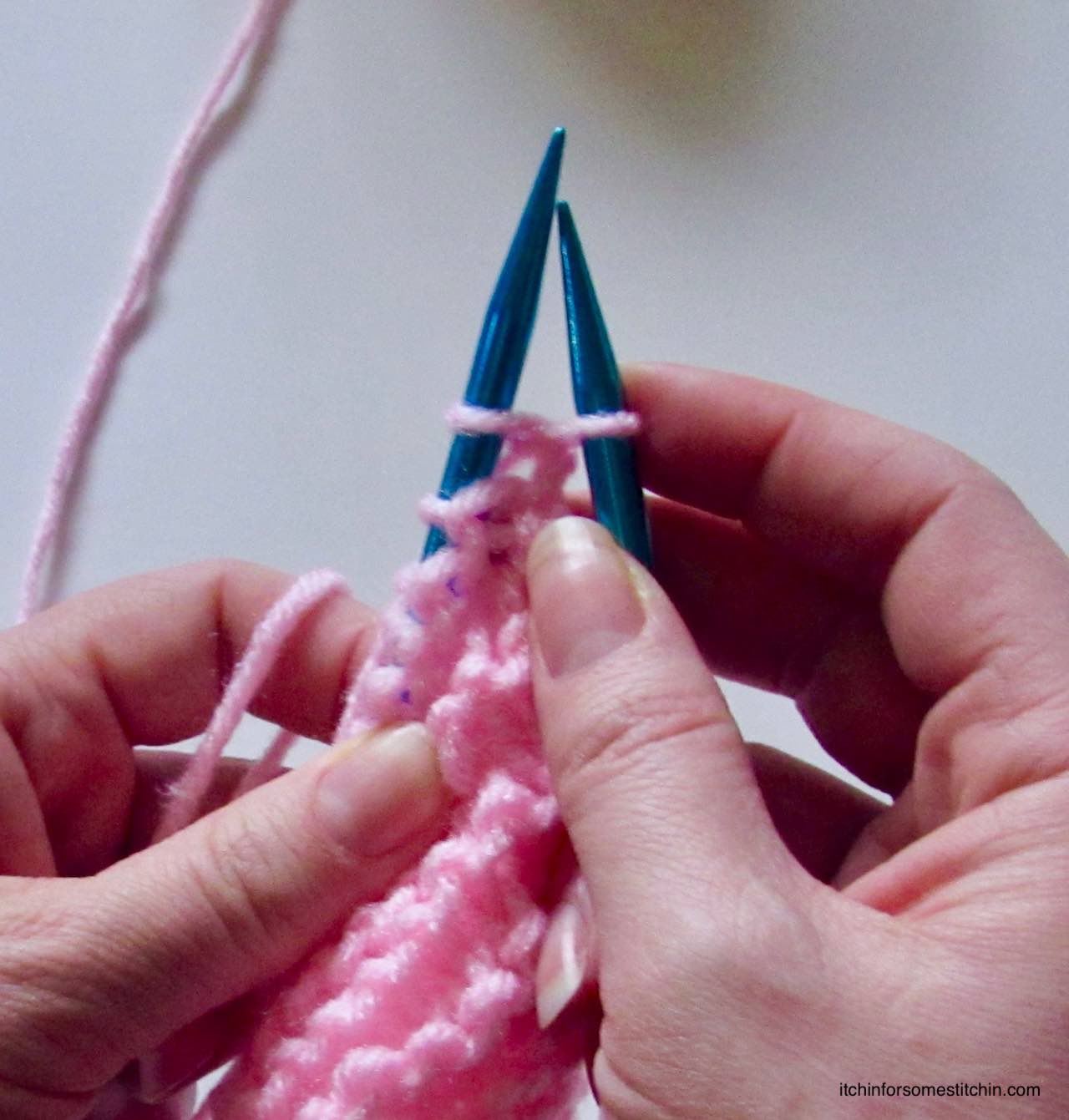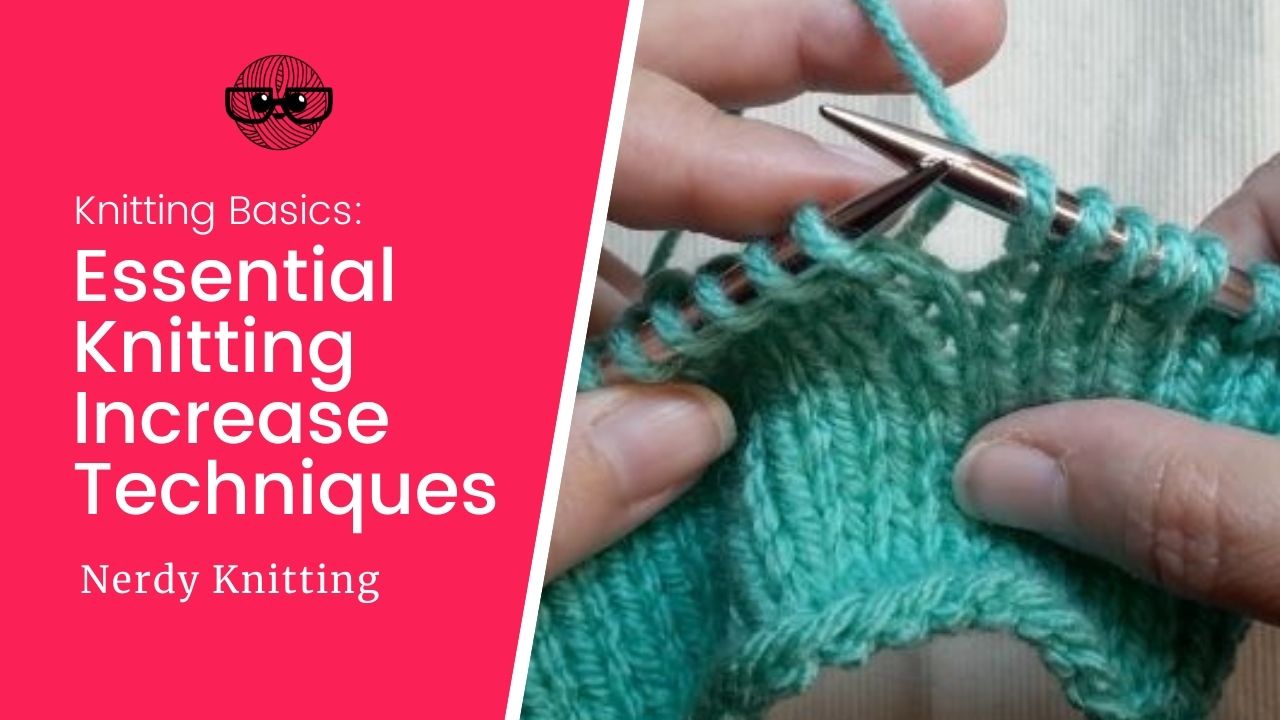Increase Knitting
Increase Knitting - There are many different ways to increase but we’ll focus on the four common increases that every knitter should be aware of. While increasing can seem daunting, especially for the beginner knitter, it’s really not as hard as it sounds. Increasing is used whenever a knitted piece needs to be wider, such as sleeve shaping. Once you have learned how to. Increase stitches to taper a. Consider all of the ways you could create a new loop of yarn on the needle. There are two different ways to make an extra stitch while you are knitting, one (kfb) leaves a little bar on the front of the work, and the other (m1) is virtually invisible. Learn how to increase in knitting! You can add an increase in the middle of a row to add shaping to your knitting. In this knitting instructions video, you will learn how to make an increase anywhere in your work. One of the easiest and most common increases is to knit into the front and back of a stitch (kfb). Web how to knit a lifted increase. To do this, you will need to know how to shape each of the pieces of your garment to give a good fit. Type in stitch counts and click calculate. Web by knitting. Web what is an increase? You can add an increase in the middle of a row to add shaping to your knitting. This method creates a nearly invisible increase and is. In this post we will explain both knitting increasing techniques with text, images and videos. There are two different ways to make an extra stitch while you are knitting,. Knowing some increases and decreases will allow you branch out into making garments that fit. If i could use only three methods (and i pretty much do only use these three), they would be m1l, m1r, and yarn over (yo). Each way is likely to have been named and used by someone. Type in stitch counts and click calculate. Learn. Web most increases are worked on the right side of your knitting and two of the most popular are the knit front back (kfb) and make one (m1). Web increases help you shape your knitting, which makes them essential for basically any knitted item that isn't a scarf or a dishcloth. The lifted increase is one of my favorite increase. Some are single increases, some are double. There are two different ways to make an extra stitch while you are knitting, one (kfb) leaves a little bar on the front of the work, and the other (m1) is virtually invisible. Learn how to increase in knitting! Increasing is used whenever a knitted piece needs to be wider, such as sleeve. Web by knitting through the left loop of the stitch two rows below, you create an increase that is as invisible as it gets. There are many different ways to increase but we’ll focus on the four common increases that every knitter should be aware of. As with most other knitting techniques, there are several different increase methods to choose. Knowing some increases and decreases will allow you branch out into making garments that fit. Increasing is used whenever a knitted piece needs to be wider, such as sleeve shaping. In this video we will show you how to increase. In this post we will explain both knitting increasing techniques with text, images and videos. It blends into the knitted. To do this, you will need to know how to shape each of the pieces of your garment to give a good fit. Web what is an increase? Web techniques / by tonia. 394k views 8 years ago knitting techniques. Knit 1 front and back, purl 1 front and back; If i could use only three methods (and i pretty much do only use these three), they would be m1l, m1r, and yarn over (yo). In this video we will show you how to increase. In this post we will explain both knitting increasing techniques with text, images and videos. Web by knitting through the left loop of the stitch. Now that you have the basics of how to knit and purl stitches, you may want to stop knitting squares and rectangles, and start knitting garments! This video shows you an. One of the easiest and most common increases is to knit into the front and back of a stitch (kfb). If i could use only three methods (and i. Learn three types of knitting increases: Knowing how to increase is an important skill for every knitter. Make one (m1) bar increase. Web number of stitches to increase: This video shows you an. 394k views 8 years ago knitting techniques. Web a massive list of all the knitting increases and how to knit them. Now that you have the basics of how to knit and purl stitches, you may want to stop knitting squares and rectangles, and start knitting garments! In this knitting instructions video, you will learn how to make an increase anywhere in your work. How to knit them and how to tell them apart so you don't get confused. There are two different ways to make an extra stitch while you are knitting, one (kfb) leaves a little bar on the front of the work, and the other (m1) is virtually invisible. Consider all of the ways you could create a new loop of yarn on the needle. Kfb (knit into front and back) Web there are several ways to increase, and each method adds extra stitches to the row unless they are paired with compensating decreases. Web an increase is simply adding a stitch to the knitting. In knitting an increase is a stitch that adds one (or more) stitches to your row/round.
How To Increase In Knitting Made Easy for Beginners TREASURIE

Knitting How to Add a Stitch in Just Two Simple Steps!

How to Increase in Knitting (Essential Increases for Every Knitter
/M1_4-5ad10f1418ba010037438ea3.jpg)
How to Increase Stitches with Make One (M1) in Knitting

Knitting increases The ultimate list every knitter should know

Knitting increase The ultimate list every knitter should know (2023)
![How to M1L and M1R Knitting increases without the confusion [+video]](https://nimble-needles.com/wp-content/uploads/2020/04/make-one-right-2-1024x684.jpg)
How to M1L and M1R Knitting increases without the confusion [+video]

How to do the KLL knitting increase (knit through left loop)

How To Increase In Knitting Made Easy for Beginners TREASURIE

How to Knit an Increase Stitch 10 Steps (with Pictures) wikiHow
Increase Stitches To Taper A.
Perhaps The Simplest Way To Add Stitches To Your Knitting Is By Working A Yarnover.
Knowing Some Increases And Decreases Will Allow You Branch Out Into Making Garments That Fit.
There Are Many Different Ways To Increase But We’ll Focus On The Four Common Increases That Every Knitter Should Be Aware Of.
Related Post: